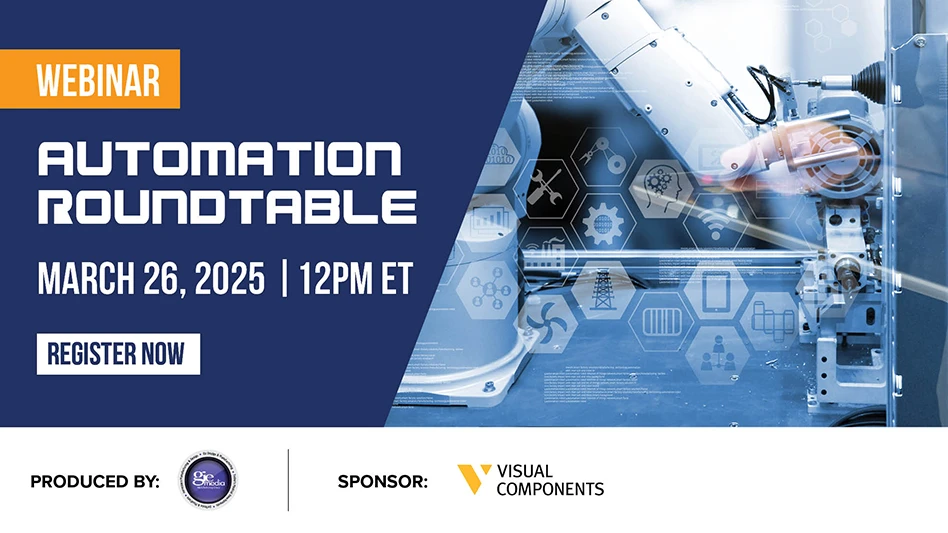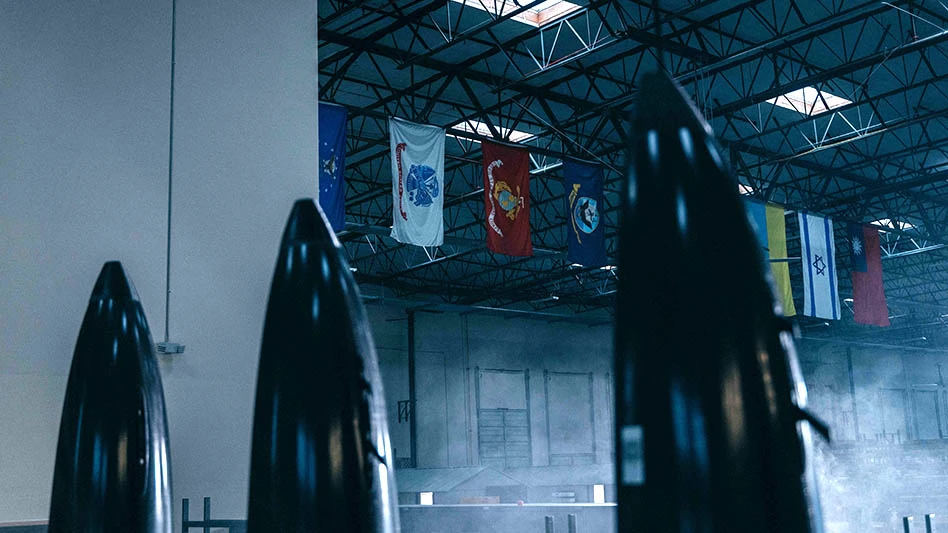
One of the most bandied-about technology terms is artificial intelligence (AI), which, depending on what you believe, either promises to dramatically improve the way we do business or threatens to make humans redundant. AI has become important enough to be identified as a technology trend likely to disrupt business during the next three years and prompt aerospace and defense (A&D) executives to invest in it.
According to Launchpad to Relevance: Aerospace & Defense Technology Vision 2018, professional services firm Accenture’s annual review, two-thirds of the 30 A&D executives surveyed said their companies will invest in AI in the next year, with many focusing initially on production, security, and research and development. Four in five said they expect everyone in their workforce to be directly affected daily by an AI-based decision by 2021.
I find that to be a startlingly rapid acceptance of AI, and I wonder how much that vision is shared throughout the supply chain. If decision-makers at the original equipment manufacturers see value in AI, their suppliers should also be paying attention.
In searching for a good definition of AI, I learned that although the term was coined in 1956, it has evolved to have several different meanings. Most definitions involve a machine’s ability to perform tasks associated with human intelligence, adaptable to changing circumstances. These can be sensor-based – visual perception, speech recognition, language translation, and simple decision-making – or they can be more advanced cognitive functions, such as the ability to reason, discover meaning, generalize, or learn from experience. While such definitions can conjure dystopian visions of newly smug computers or robots seizing power from hapless humans, the reality is less dire.
As business, technology, and Big Data expert Bernard Marr explains in a recent Forbes magazine article, “The key definitions of artificial intelligence (AI) that explain its importance,” most AI development today uses human reasoning as a guide to provide better services or create better products rather than trying to achieve a perfect replica of the human mind.
While the examples Marr gives are software or services-related (Amazon, Apple, Google, IBM, Microsoft), manufacturing – especially A&D leadership – is not far behind in embracing AI. It’s seen as a way to address the skills gap as more senior workers retire at the same time production is ramping up. The entry level for AI that’s being embraced by manufacturers is virtual and augmented reality – extended reality. One example is assembly tasks aided by diagrams projected onto a part, guiding workers on the sequence for installing fasteners. (See Upskill article, p. 60.)
Nearly all (96%) of the A&D survey respondents believe extended reality will help close the physical distance gap when engaging employees or customers. Yet only 57% replied they will invest in extended reality in the next year – slightly less than the 67% who are investing in AI.
Perhaps spending on AI will bear fruit by enabling workers to automate routine tasks and procedures, a process as familiar as issuing commands to digital assistants such as Apple’s Siri or Amazon’s Alexa. The rewards could be greater productivity, less variability, and a more flexible workforce. – Eric

Explore the July 2018 Issue
Check out more from this issue and find your next story to read.
Latest from Aerospace Manufacturing and Design
- March Manufacturing Lunch + Learn with Quell Corp.
- March Manufacturing Lunch + Learn with SMW Autoblok
- SwRI addresses critical aging aircraft issue
- Walter adds tools to its PCD milling cutter range
- Archer Aviation, Palantir partner on next-gen aviation
- Fairlane Products’ TG GripSerts and accessories for low-profile clamping
- Boeing to build US Air Force’s sixth-generation fighter jet
- Sandvik Coromant introduces CoroMill Plura barrel








